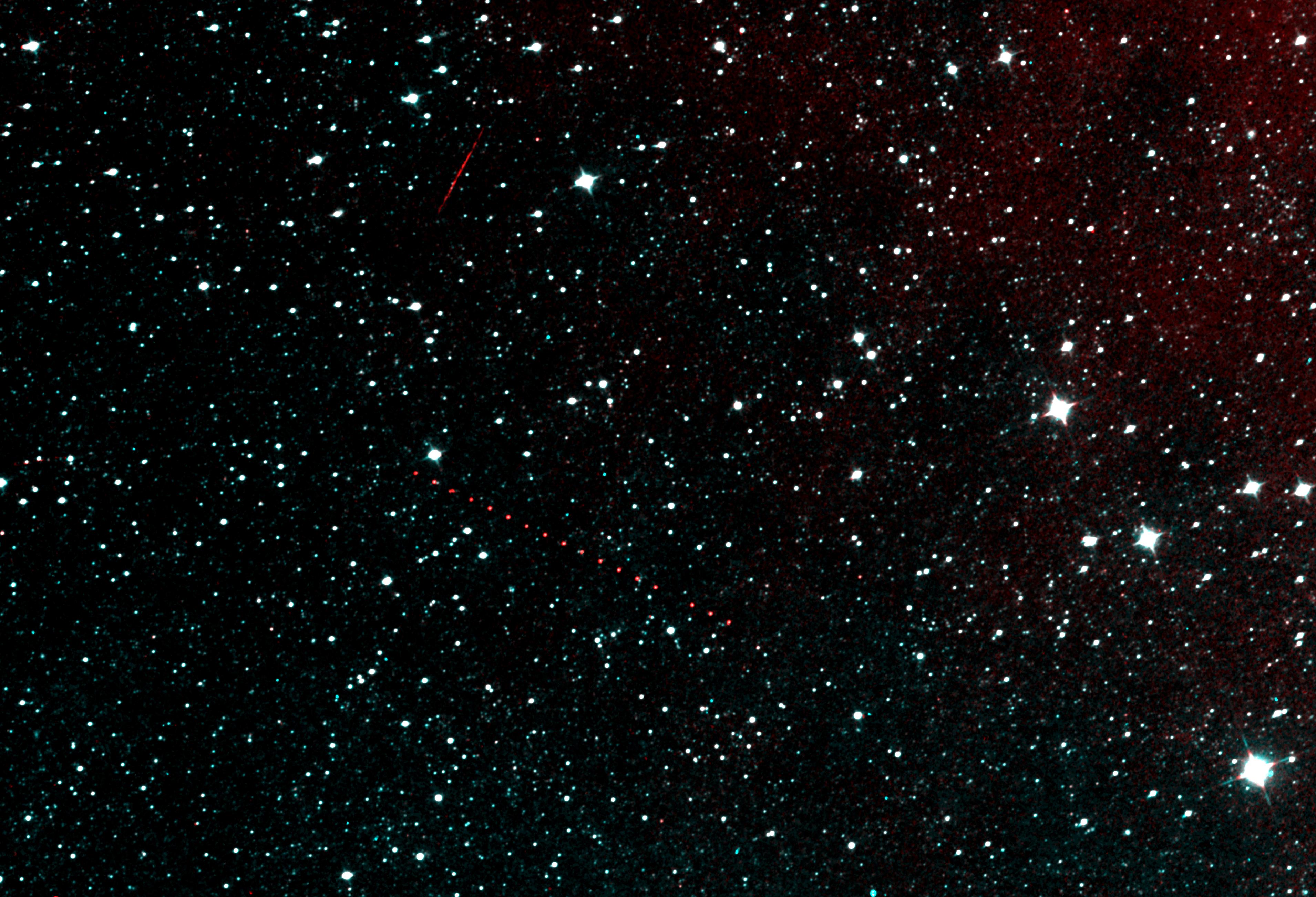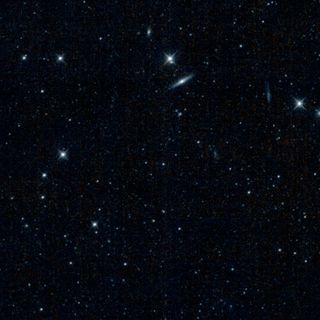
A NASA asteroid-hunting spacecraft has opened its eyes in preparation for a renewed mission, beaming home its first images in more than 2.5 years.
The Near-Earth Object Wide-field Infrared Survey Explorer spacecraft, or NEOWISE, has taken its first set of test images since being reactivated in September after a 31-month-long hibernation, NASA officials announced today (Dec. 19). The space agency wants NEOWISE to resume its hunt for potentially dangerous asteroids, some of which could be promising targets for future human exploration.
"The spacecraft is in excellent health, and the new images look just as good as they were before hibernation," Amy Mainzer, principal investigator for NEOWISE at NASA's Jet Propulsion Laboratory in Pasadena, Calif., said in a statement. [Photos: Asteroids in Deep Space]
"Over the next weeks and months we will be gearing up our ground-based data processing and expect to get back into the asteroid-hunting business, and acquire our first previously undiscovered space rock, in the next few months," Mainzer added.
NEOWISE began its scientific life as WISE, which launched to Earth orbit in December 2009 on a 10-month mission to scan the entire sky in infrared light. WISE catalogued about 560 million celestial objects, ranging from faraway galaxies to nearby asteroids and comets, NASA officials have said.
WISE ran out of hydrogen coolant in October 2010, making two of its four infrared detectors inoperable. But NASA didn't shut the probe down at this point; rather, the agency granted a four-month mission extension known as NEOWISE, which focused on hunting asteroids. (The satellite could still spot nearby objects with its other two detectors, which did not have to be super-cooled).

NEOWISE discovered more than 34,000 asteroids and characterized 158,000 space rocks before being shut down in February 2011, NASA officials said.
Get the Space.com Newsletter
Breaking space news, the latest updates on rocket launches, skywatching events and more!
And the spacecraft is now gearing up for another three-year space-rock hunt, partly to help find potential targets for NASA's ambitious asteroid-capture project. This "Asteroid Initiative," which was announced in April, seeks to drag a near-Earth asteroid to a stable orbit around the moon, where it would be visited by astronauts using the agency's Space Launch System rocket and Orion crew vehicle.
The plan represents a way to meet a major goal laid out by President Barack Obama, who in 2010 directed NASA to get astronauts to a near-Earth asteroid by 2025, then on to the vicinity of Mars by the mid-2030s.
NEOWISE employs a 16-inch (40 centimeters) telescope and infrared cameras to find previously unknown asteroids and gauge the size, reflectivity and thermal properties of space rocks, NASA officials said.
"It is important that we accumulate as much of this type of data as possible while the spacecraft remains a viable asset," said Lindley Johnson, NASA's NEOWISE program executive in Washington. "NEOWISE is an important element to enhance our ability to support the [asteroid] initiative."
Follow Mike Wall on Twitter @michaeldwall and Google+. Follow us @Spacedotcom, Facebook or Google+. Originally published on SPACE.com.
Join our Space Forums to keep talking space on the latest missions, night sky and more! And if you have a news tip, correction or comment, let us know at: community@space.com.

Michael Wall is a Senior Space Writer with Space.com and joined the team in 2010. He primarily covers exoplanets, spaceflight and military space, but has been known to dabble in the space art beat. His book about the search for alien life, "Out There," was published on Nov. 13, 2018. Before becoming a science writer, Michael worked as a herpetologist and wildlife biologist. He has a Ph.D. in evolutionary biology from the University of Sydney, Australia, a bachelor's degree from the University of Arizona, and a graduate certificate in science writing from the University of California, Santa Cruz. To find out what his latest project is, you can follow Michael on Twitter.










